Your Essential Guide to Soy Wax for Candle Making
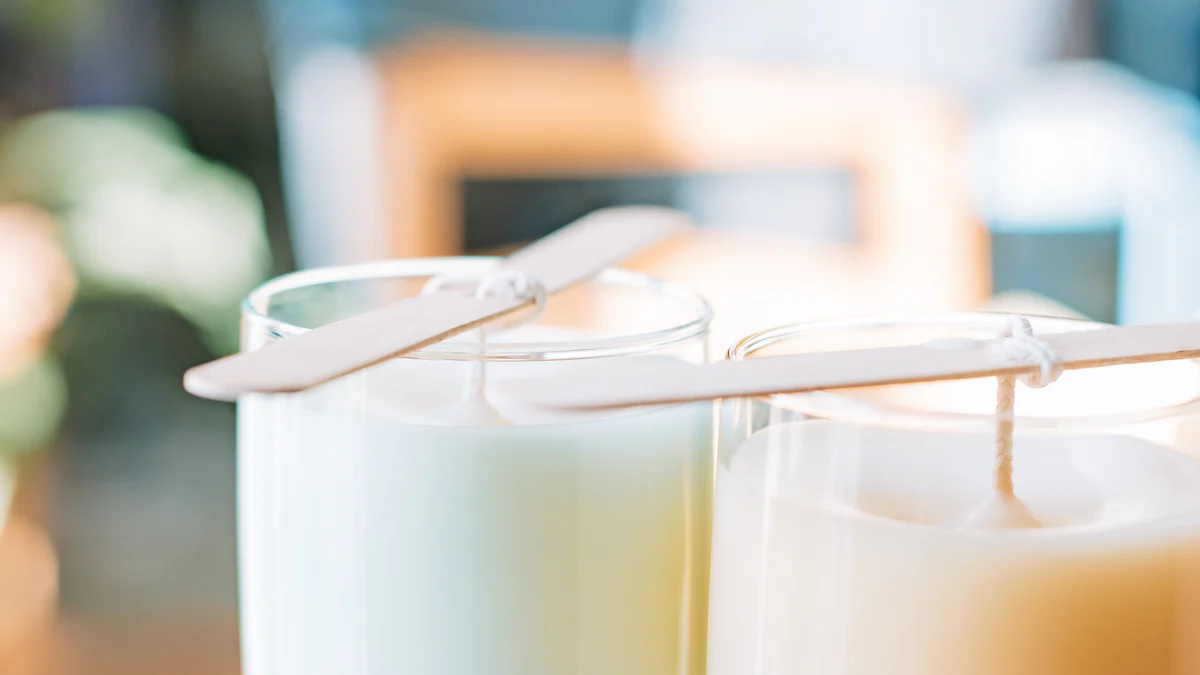
Candles have been illuminating our lives for centuries, providing not just light but warmth, ambiance, and a cozy touch to any room. Whether you're unwinding after a long day, setting the mood for a romantic dinner, or practicing mindfulness, candles are a must-have. But, not all candles are cut from the same cloth. Some are better for the environment and your health. Let's dive into the wonderful world of soy wax and why it should be your go-to for candle making.
What is Soy Wax?
Alright, let's start with the basics. Soy wax is a natural product derived from soybeans, which are a renewable resource. The process involves hydrogenating soybean oil, transforming it into a solid form that's perfect for candle making. Unlike paraffin wax, which is a petroleum by-product, soy wax is biodegradable and non-toxic. It's like the superhero of the candle world, fighting off the villains of pollution and toxins.
Benefits of Soy Wax
Natural and Sustainable
Picture this: a lush, green field filled with soybeans swaying in the breeze. Soy wax candles come from this renewable resource, making them a champion for the environment. Soybeans generally need fewer pesticides and herbicides than other crops, so soy wax candles don't contribute to harmful chemical use. Plus, soy wax is vegan-friendly, containing no animal products or by-products. It's like hitting the jackpot for ethical consumerism!
Clean Burning
Now, let's talk about something that really burns my wick—dirty candles. Soy wax candles burn cleanly, producing minimal soot and smoke compared to paraffin wax candles. If you've ever had to scrub black soot off your walls, you'll understand the appeal. Clean burning means less indoor air pollution and a healthier home. Imagine breathing easier with every candlelit dinner, knowing that soy wax emits fewer toxins and carbon dioxide.
Better Scent Throw
Here’s where things get fragrant. Soy wax candles are the gold standard for scent throw, which is candle-speak for how well a candle releases its fragrance into the air. Soy wax burns cooler and slower due to its lower melting point, allowing the fragrance oils to be released gradually and effectively. Your room will be enveloped in a consistent, delightful aroma that lasts longer. It’s like a hug for your nose!
Cost-Effective
Let's address the elephant in the room—cost. Soy wax candles might seem pricier at first glance, but they’re a savvy investment. They burn slower and more evenly, giving you more bang for your buck. No more candles that tunnel down the middle, leaving wasted wax clinging to the sides. Soy wax candles use every last drop, meaning fewer replacements and more savings. It's a win-win!
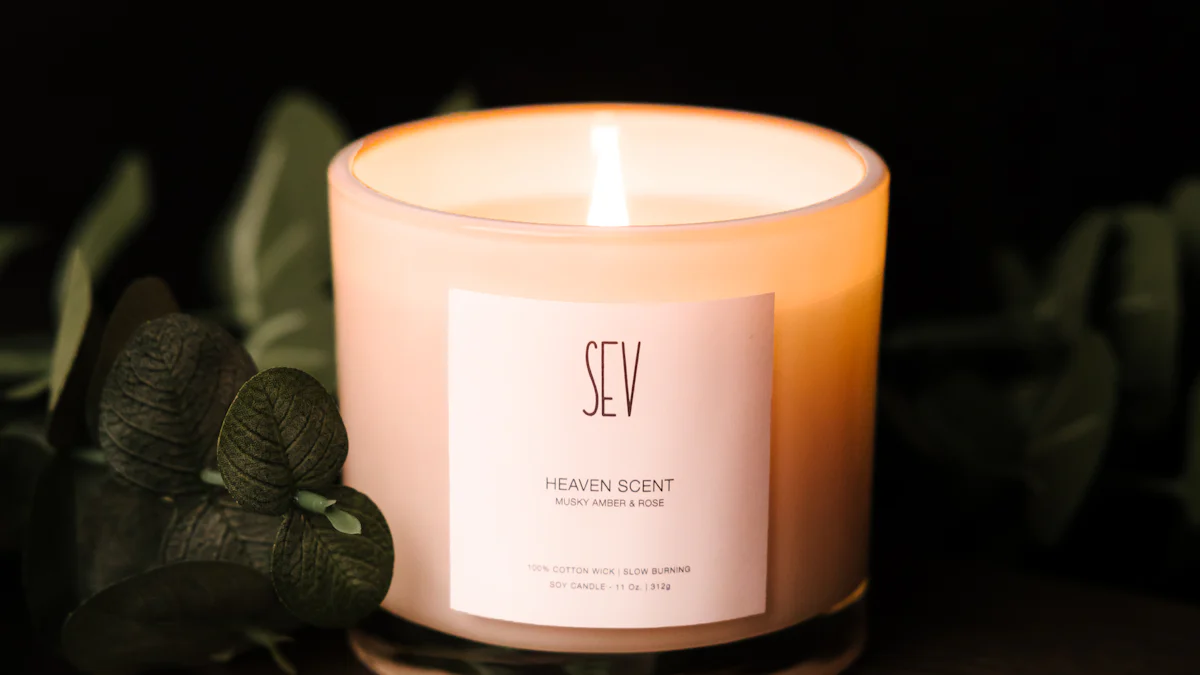
Making Soy Wax Candle At Your Home
If you've ever wanted to channel your inner alchemist, making soy wax candles at home is a rewarding and fun project. You get to play with scents, colors, and designs, creating something uniquely yours.
Materials Needed
Here’s your shopping list for candle magic:
Soy wax flakes
Candle wicks (cotton or wood work best)
Fragrance oils (optional, but highly recommended)
Dye (optional)
Candle containers (think glass jars, tins, or anything heat-resistant)
A double boiler or a heat-safe bowl and pot
A thermometer
A stirring utensil
Wick holders or centering devices
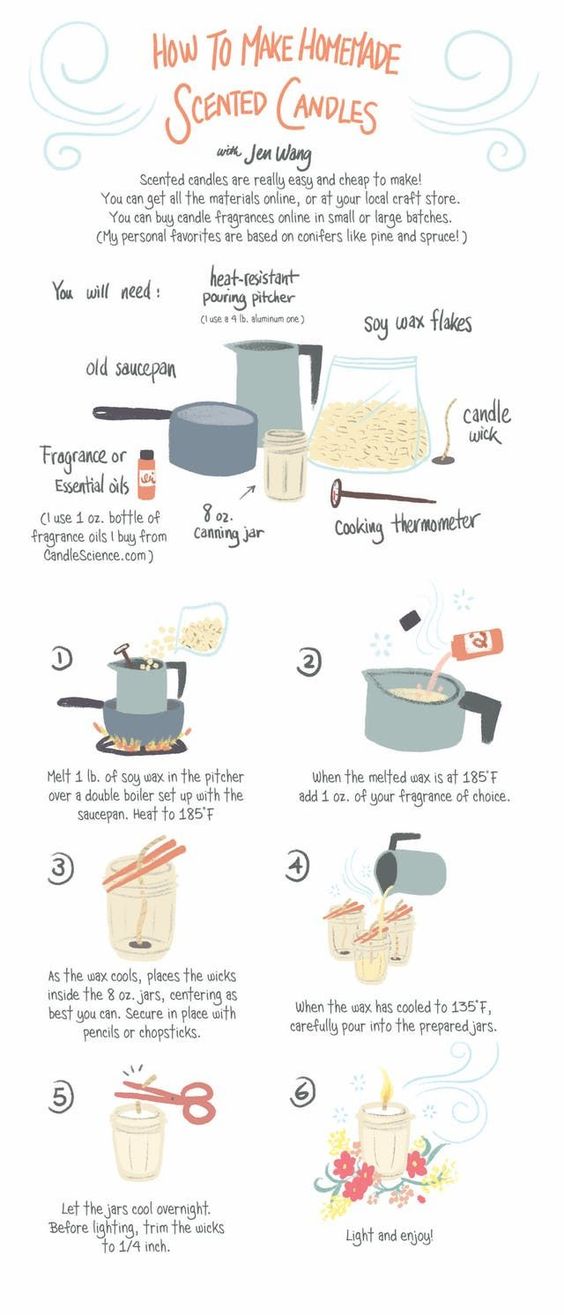
Step-by-Step Guide
Prepare Your Workspace: Cover your area with newspaper or an old cloth to catch spills. Gather your materials like a chef with all their ingredients ready.
Measure the Wax: Determine how much wax you need based on your container size. Generally, 1 pound of soy wax fills a 16-ounce container. It’s like measuring ingredients for a perfect cake.
Melt the Wax: Use a double boiler to melt your soy wax flakes. If you don’t have one, improvise with a heat-safe bowl over a pot of simmering water. Stir occasionally until the wax reaches 170-180°F (77-82°C). You’re aiming for a smooth, liquid consistency—think of melting chocolate.
Add Fragrance and Dye: Once melted, add your fragrance oils and dye. A typical ratio is 1 ounce of fragrance oil per pound of wax. Stir thoroughly to ensure even distribution. Imagine you’re mixing up a delicious pot of soup.
Attach the Wick: While the wax cools slightly, secure the wick to the container’s bottom using a wick sticker or a dab of melted wax. Use a wick holder or centering device to keep it straight. This step is like setting up the foundation for a house.
Pour the Wax: Let the wax cool to 135-140°F (57-60°C) before pouring it into your container. Pour slowly and steadily to avoid air bubbles. Think of this as carefully filling a mold with batter.
Let It Set: Allow the candle to cool and set completely, which can take several hours. Once solid, trim the wick to about 1/4 inch above the wax surface. It’s like trimming the edges of a pie crust.
Cure the Candle: For the best scent throw, let your candle cure for at least 24-48 hours before burning. This allows the fragrance oils to fully integrate with the wax. Patience is key—think of it as letting a fine wine age.

Exploring Different Candle Brands
Choosing high-quality soy wax is crucial for the best results. Several reputable brands stand out for their performance. Golden Brands GW 464 is known for its consistency and ease of use, making it a favorite among crafters. It holds fragrance well and has a smooth finish. Similarly, NatureWax C-3 is favored for its excellent scent throw and smooth finish, providing a professional touch to homemade candles. Golden Wax (GW) 494 is notable for its versatility and compatibility with various fragrances and dyes, allowing for creative candle making. These brands offer a solid foundation for producing high-quality soy wax candles at home.
Personal Stories and Inspiration
Now, let's sprinkle in some personal flair. Bruce, the founder of Noir Lux, started making candles in his kitchen in September 2020. What began as a form of self-care and supplemental income grew into a thriving business with a new store in Belltown. Bruce offers various candle-making opportunities, including pouring sessions for up to ten guests, held three to five times daily.
As for me, my candle journey started during a semester abroad in Berlin. I took a sculpture techniques class where we explored casting. Inspired by a local market’s vibrant produce, I chose a Romanesco broccoli for my project. My fascination with wax found the perfect outlet. The process of creating vegetable candles became an exploration of ephemeral sculptures, a practice I found deeply fulfilling. It’s amazing how something so simple can light up your life in unexpected ways.
Troubleshooting Soy Wax
Common Issues
Frosting
Frosting and wet spots on soy wax candles can affect their presentation and performance. To minimize these issues, first time candle crafters should maintain optimal temperatures during melting and pouring. A good choice is to adding additives like stearic acid or vybar, as it can stabilize the wax, reduce frosting tendencies, and enhance scent throw.
Conclusion
Soy wax candles are not just another candle. They’re a sustainable, eco-friendly choice that benefits your home and the environment. Made from renewable resources, soy wax candles burn cleaner and longer than their paraffin counterparts. They offer a superior scent throw and are cost-effective. Whether purchasing or making your own, soy wax candles are a healthier and more sustainable option.
By incorporating soy wax candles into your home, you create a warm, inviting atmosphere that is both enjoyable and environmentally conscious. So, the next time you’re shopping for candles or embarking on a candle-making project, consider the many advantages of soy wax and experience the difference for yourself. Your home—and the planet—will thank you.

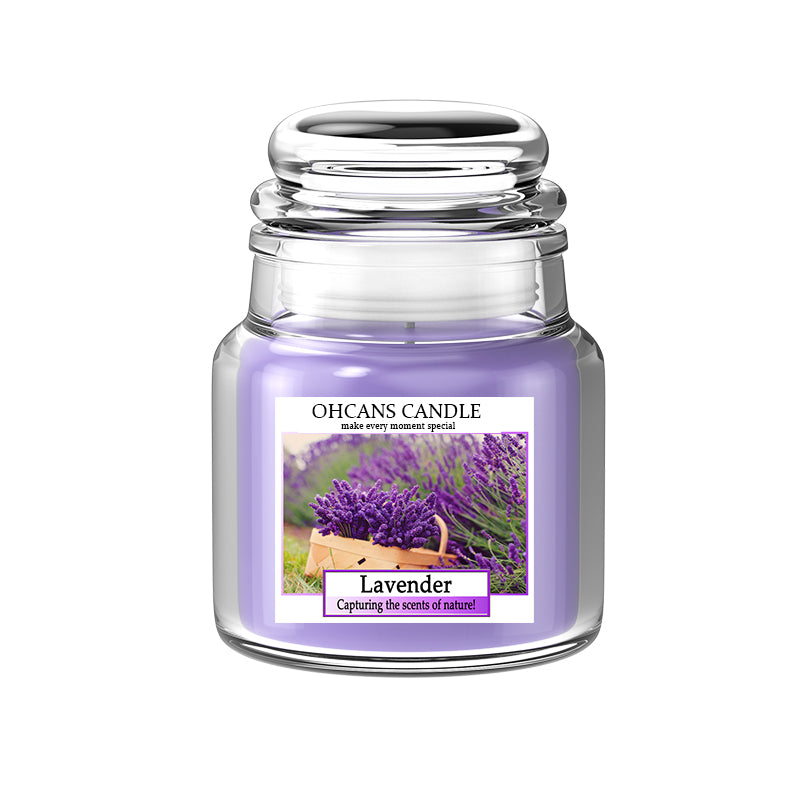
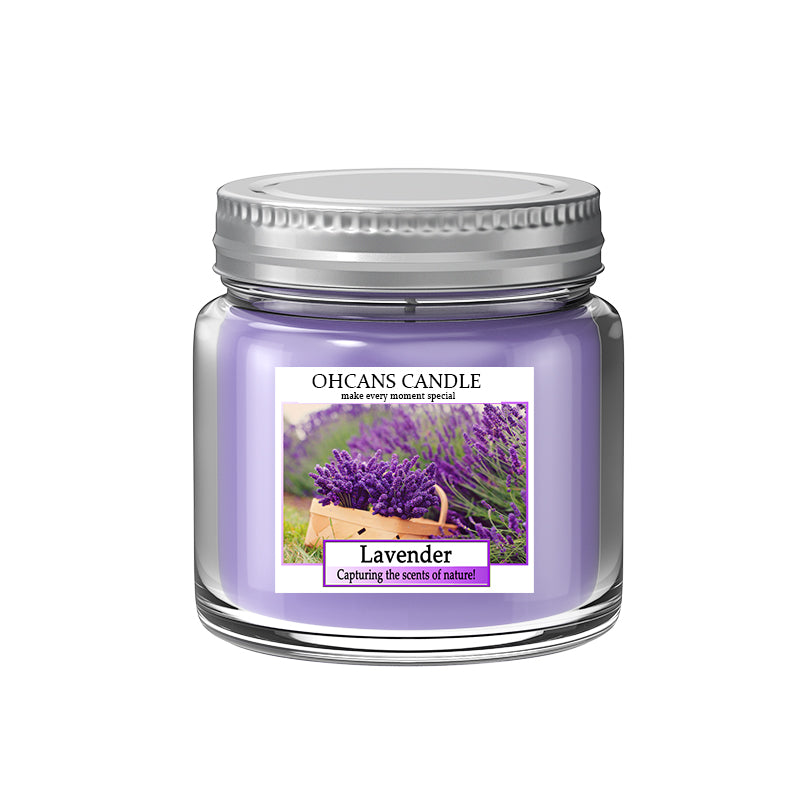

Dejar un comentario